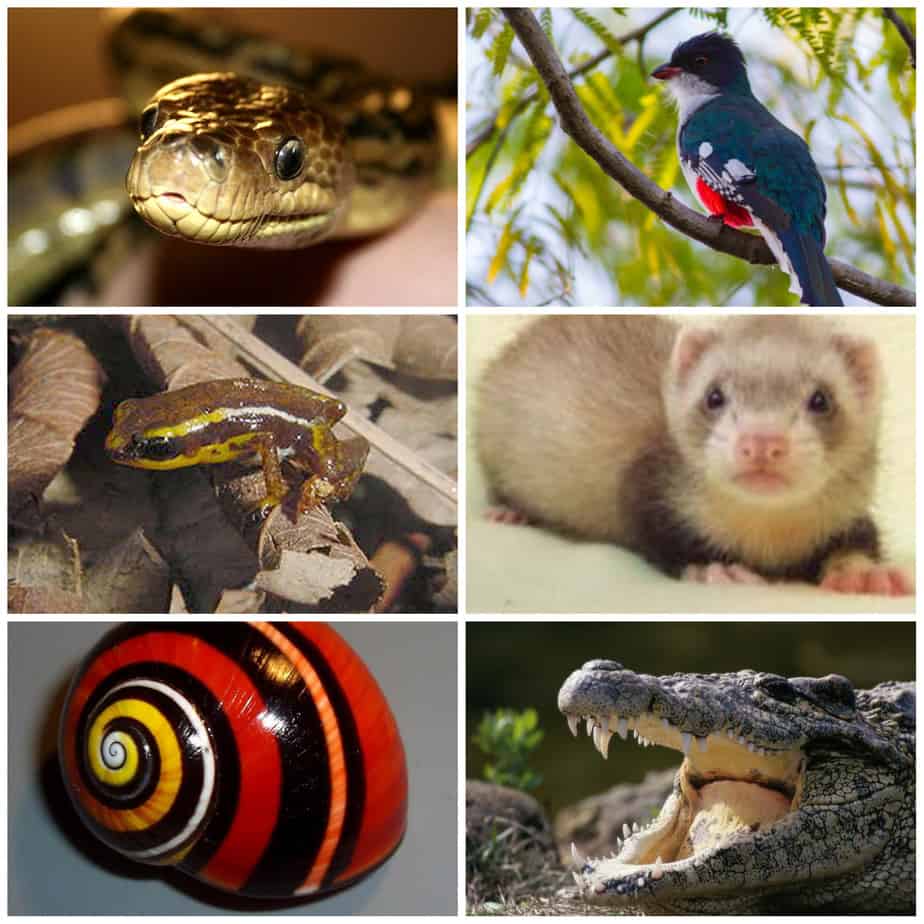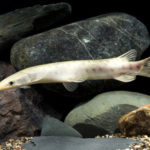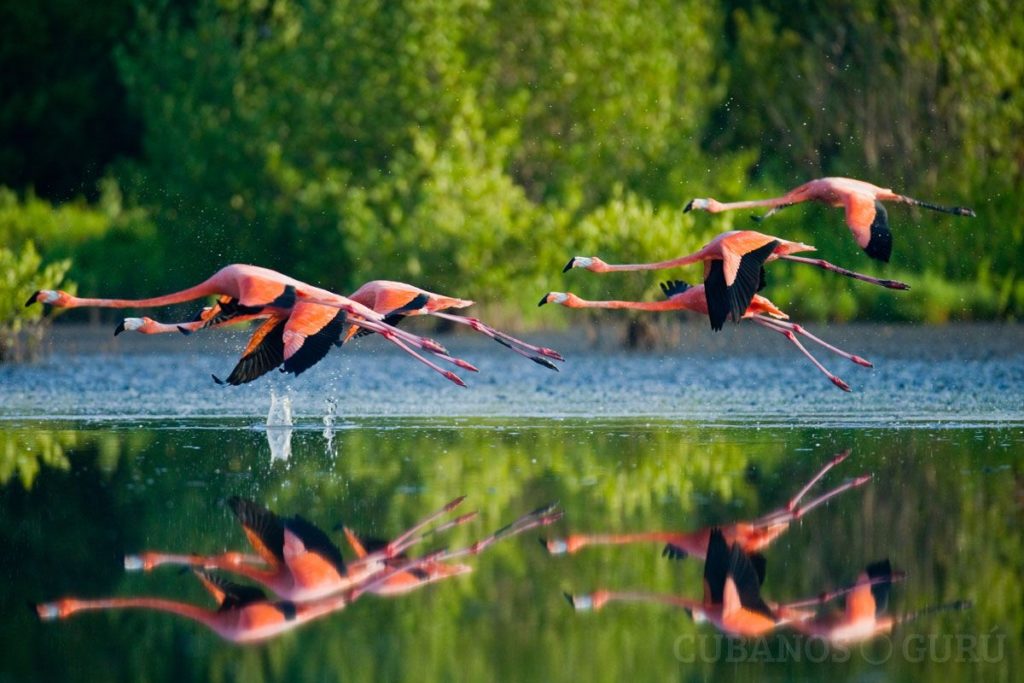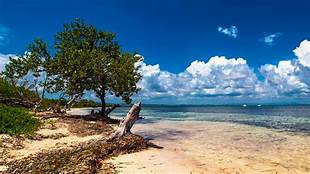Los que han estudiado a la variedad de especies de la fauna de Cuba, al tiempo que se han adentrado al hablar de ella estudiando las caracteristicas de algunos de sus especímenes, se han visto obligados a llamar a nuestra isla con el nombre del ‘Paraíso de los Naturalistas’. El archipiélago cubano cuenta con más de 13 mil especies de animales terrestres, entre invertebrados y vertebrados: mamíferos, aves, anfibios y reptiles, y una gran parte de ellos habitan exclusivamente en este territorio.
Cuba posee animales que son una verdadera maravilla de la naturaleza. Sus características tan particulares hacen que sobresalgan en el inmenso de la biosfera. Hablaremos brevemente de ellos.
EL ZUNZUN
De la familia de los pájaros –moscas que es el ave más pequeña del mundo. Mide alrededor de 10 cm de largo, incluyendo la cola y su largo pico. El zunzún o esmeralda zunzún, (Chlorostilbon ricordii), es común en toda Cuba, pues lo hallamos en los jardines de las ciudades, bosques y vegetación de costas.
EL MANJUARI
El Manjuarí se encuentra entre los peces de agua dulce más primitivos del planeta Tierra. Clasificado en los Lepisosteiformes pertenece a la especie Atractosteus tristoechus. Posee un cuerpo cilíndrico y alargado con escamas. Es el único representante medio pez, medio reptil, que abundaba en los ríos y lagunas de la Ciénaga de Zapata, en tiempos de la llegada de Colón. Actualmente se encuentra en proceso de extinción, por lo que el país ha dictado leyes para su protección, se incluye también su hábitat, en pos de garantizar su conservación.
EL TOCORORO
Ave trepadora llamada Priotelus temnurus, es endémica del país y pertenece a la misma familia del quetzal. Los aborígenes que poblaron el archipiélago en época precolombina le llamaron guatiní. En su hermoso y colorido plumaje predominan el azul, el rojo y el blanco, colores en la enseña patria, lo que lo señala entre los símbolos nacionales de Cuba junto a la Bandera de la Estrella Solitaria, el Escudo, el Himno de Bayamo, la flor Mariposa y la Palma Real.
Debe su nombre a su canto monótono que repite: “to – coro”…”to – coro”. De vuelo corto, anida aprovechando los huecos que aparecen en los árboles, preferiblemente, los que confeccionan los pájaros carpinteros. Se alimenta de semillas e insectos. Es un ave que no puede vivir en cautiverio. Se puede encontrar en todas las provincias del país, pero fundamentalmente en las montañas orientales, en la Ciénaga de Zapata y en las cordilleras de Pinar del Río donde, puede escucharse por cientos trasladando en el vuelo la hermosa policromía natural de su plumaje y lanzando al éter su “to – co – ro – ro…to – co – ro – ro…
LOS MAMIFEROS
La fauna cubana es pobre en grandes mamíferos terrestres, pero en cambio vuelan 27 especies de murciélagos, sobreviven desde tiempos prehistóricos más de media docena de roedores, como la jutía; así como el peculiar insectívoro llamado almiquí y el gran sirenio de las aguas cubanas, el manatí.
Varias especies de cetáceos se acercan a las costas cubanas, entre ellos, el delfín llamado tonina, muy común en las aguas litorales. Este delfín denominado científicamente Tursiops truncatus, es el más adaptable al cautiverio y a la domesticación en acuarios.
Su coloración es gris plomo en el dorso y blanca en las partes inferiores. Llega a medir tres metros y medio de largo. Esta especie ha sido objeto de diferentes investigaciones, que permitieron despejar numerosas incógnitas sobre la biología de estos cetáceos.
CUBA IS KNOWN WORLDWIDE AS “THE PARADISE OF NATURALISTS”. PHOTOS
Those who have studied the variety of species of the fauna of Cuba, at the same time that they have delved into talking about it by studying the characteristics of some of its specimens, have been forced to call our island with the name of ‘Paradise of the Naturalists’. The Cuban archipelago has more than 13 thousand species of terrestrial animals, including invertebrates and vertebrates: mammals, birds, amphibians, and reptiles, and a large part of them live exclusively in this territory.
Cuba has animals that are a true wonder of nature. Their particular characteristics make them stand out in the immense biosphere. We will briefly talk about them.
THE ZUNZUN
From the family of birds-flies which is the smallest bird in the world. It is about 10 cm long, including the tail and its long beak. The zunzún or emerald zunzún, (Chlorostilbon ricordii), is common throughout Cuba, as we find it in city gardens, forests, and coastal vegetation.
THE MANJUARI
The Manjuarí is among the most primitive freshwater fish on planet Earth. Classified in the Lepisosteiformes, it belongs to the species Atractosteus tristoechus. It has a cylindrical and elongated body with scales. It is the only half-fish, the half-reptile representative that abounded in the rivers and lagoons of the Ciénaga de Zapata, at the time of the arrival of Columbus. It is currently in the process of extinction, for which the country has enacted laws for its protection, its habitat is also included, in order to guarantee its conservation.
THE TOCORO
A climbing bird called Priotelus temnurus, is endemic to the country and belongs to the same family as the quetzal. The aborigines who populated the archipelago in pre-Columbian times called it guatiní. In its beautiful and colorful plumage, blue, red and white predominate, colors in the national flag, which marks it among the national symbols of Cuba along with the Lone Star Flag, the Coat of Arms, the Anthem of Bayamo, the Butterfly flower and Royal Palm.
It owes its name to its monotonous song that repeats: “to – coro”…”to – coro”. With a short flight, it nests taking advantage of the holes that appear in the trees, preferably those made by woodpeckers. It feeds on seeds and insects. It is a bird that cannot live in captivity. It can be found in all the provinces of the country, but fundamentally in the eastern mountains, in the Ciénaga de Zapata, and in the Pinar del Río mountain ranges, where it can be heard by hundreds, transferring the beautiful natural polychromy of its plumage in flight and launching ether su “to – co – ro-ro… to – co – ro-ro…
THE MAMMALS
The Cuban fauna is poor in large terrestrial mammals, but instead, 27 species of bats fly, more than half a dozen rodents survive from prehistoric times, such as the hutia; as well as the peculiar insectivore called almiquí and the great sirenian of Cuban waters, the manatee.
Several species of cetaceans approach the Cuban coasts, among them, the dolphin called toning, very common in coastal waters. This dolphin, scientifically called Tursiops truncatus, is the most adaptable to captivity and domestication in aquariums.
Its coloration is lead-gray on the back and white on the underparts. It reaches three and a half meters long. This species has been the subject of different investigations, which allowed to clear up numerous unknowns about the biology of these cetaceans.
Agencies/ Wiki/ Ecured/ RadioEnciclop./ Juan B. Rodríguez/ Extractos/ Excerpts/ Internet Photos/ Arnoldo Varona/ www.TheCubanHistory.com
THE CUBAN HISTORY, HOLLYWOOD.



 CUBA, es conocida mundialmente como el Paraiso de los Naturalistas. PHOTOS. * CUBA is Known Worldwide as The Paradise of Naturalists. PHOTOS.
CUBA, es conocida mundialmente como el Paraiso de los Naturalistas. PHOTOS. * CUBA is Known Worldwide as The Paradise of Naturalists. PHOTOS.








